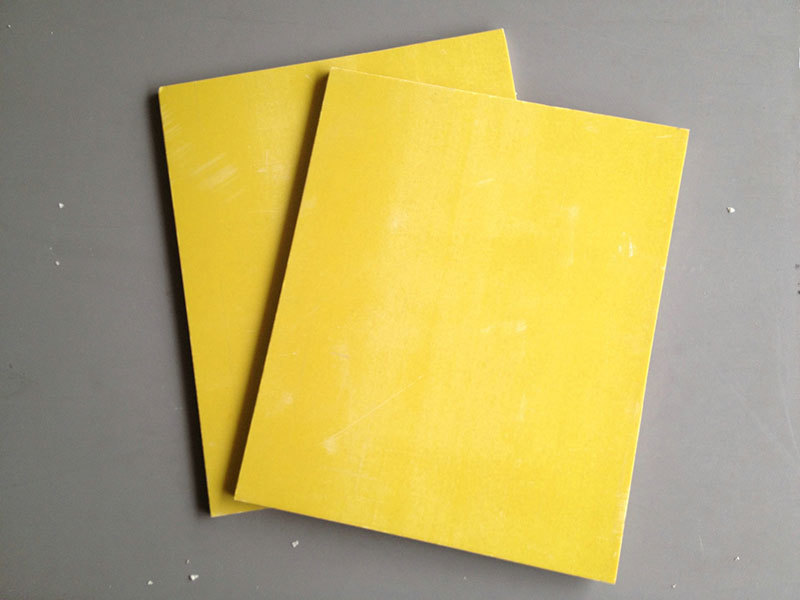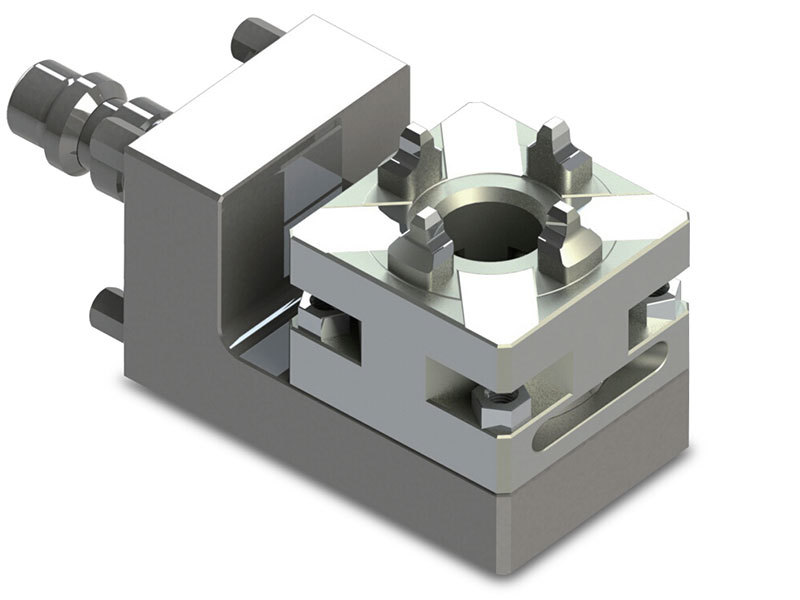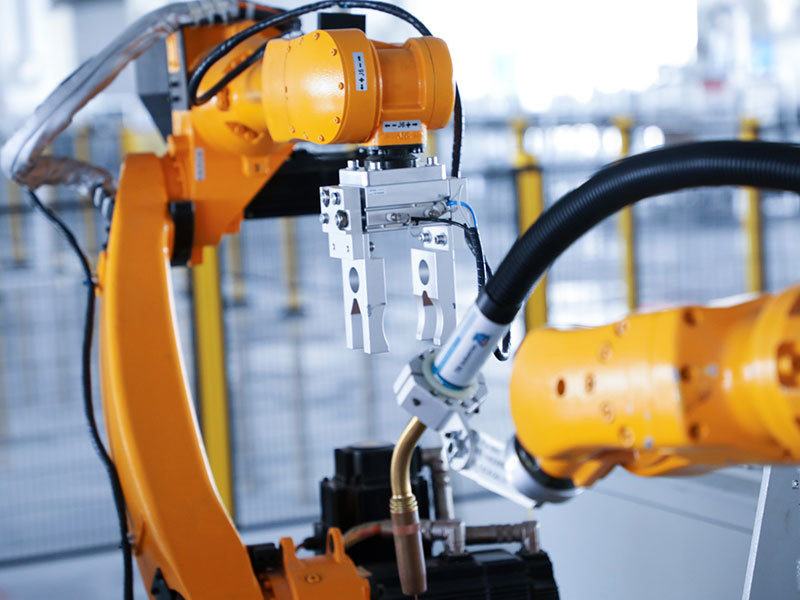News
Why SMT needs to be welded back to the furnace tray and the entire process carrier
Jun 12,2023
SMT reflow soldering is an essential welding equipment in the SMT process. SMT reflow soldering is actually a combination of ovens, and its main function is to make the paste solder melt at high temperature when passing through the reflow soldering furnace, which can bond the SMT components and circuit board together. Without SMT reflow soldering equipment, the SMT process cannot complete the welding work of electronic components and circuit boards. And the SMT furnace tray is the most important tool for product reflow soldering. When you see this, you may have some questions, what is the SMT furnace tray? What is the purpose of using SMT furnace trays or furnace vehicles? Let's follow the editor of Zhongyan Electronics to understand what the SMT furnace tray is.
1. What is the SMT furnace tray?
The so-called SMT furnace tray or furnace carrier is actually a tray or carrier used to hold the PCB and then take it to the soldering furnace. Tray carriers usually have positioning columns on top to fix the PCB to prevent it from moving or deforming. Some more advanced tray carriers also add an additional cover, usually for FPC, and install magnets on the top and bottom as suction cups for fastening. This way, Guangzhou SMT SMT SMT SMT SMT processing factory can more accurately avoid board deformation.
2. The purpose of using SMT furnace trays or furnace vehicles
During SMT production, furnace trays are used to reduce PCB deformation and prevent heavy parts from falling off. These two points are actually related to the high-temperature zone of SMT reflow furnaces. For most products using lead-free processes, the melting temperature of lead-free SAC305 solder paste is 217 ℃, while the melting temperature of SAC0307 solder paste is approximately 217 ℃~225 ℃. The highest reflow temperature is generally recommended to be between 240~250 ℃, but for cost considerations, Generally, the FR4 board we choose is only Tg150 or above. That is to say, when the PCB enters the high-temperature zone of the reflow furnace, it actually exceeds its glass transfer temperature and becomes rubber like. The deformation of the PCB in the rubber like state only shows that its material properties are just right.
In addition, with the thinning of the board thickness, it has decreased from the usual 1.6mm thickness to 0.8mm, and even has a 0.4mm PCB. This makes it easier for thin circuit boards to deform due to high temperatures when subjected to the high temperature of the reflow furnace.
The SMT furnace tray or furnace carrier is designed to overcome the problems of PCB deformation and parts falling. It generally uses positioning columns to fix the positioning holes of the PCB, effectively maintaining the shape of the PCB and reducing plate deformation during high-temperature deformation. Of course, other ribs are also needed to assist in the problem of bending and sinking in the middle position of the board due to the influence of gravity.
In addition, it is also possible to use the non deformable nature of the furnace carrier to design ribs or support points below the overweight parts to ensure that the parts do not fall off. However, the design of this carrier must be very careful to avoid the problem of excessive support points lifting the parts and causing inaccurate printing of the second solder paste.
News





